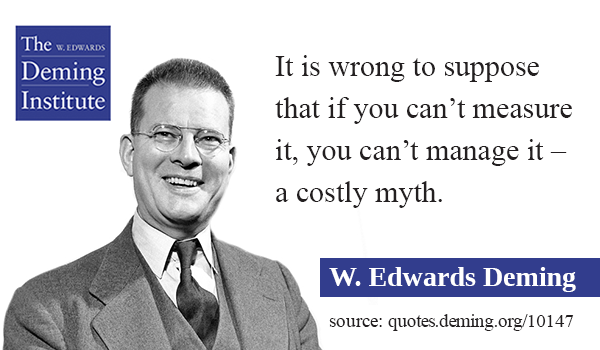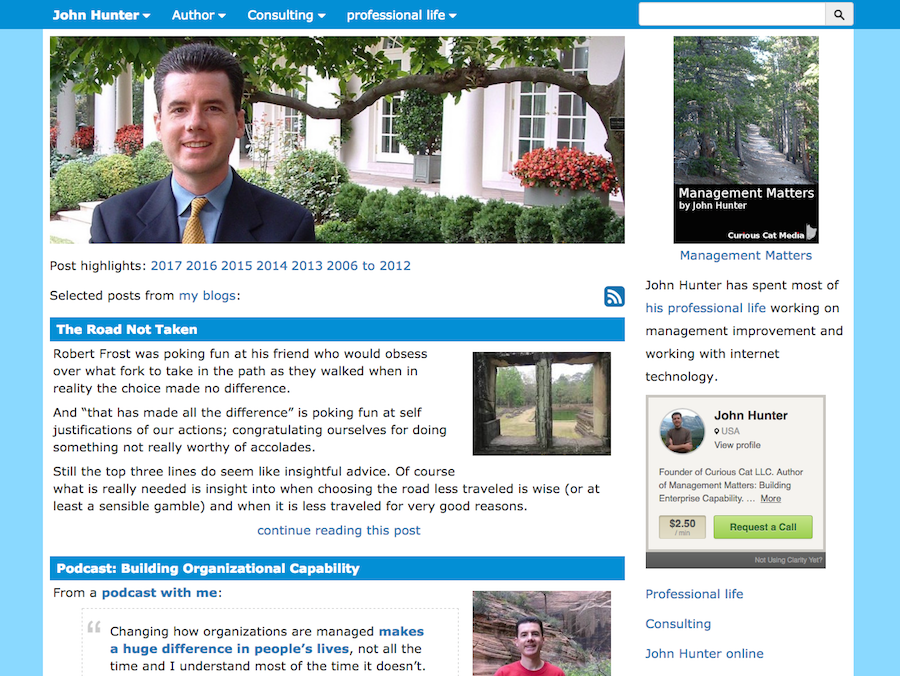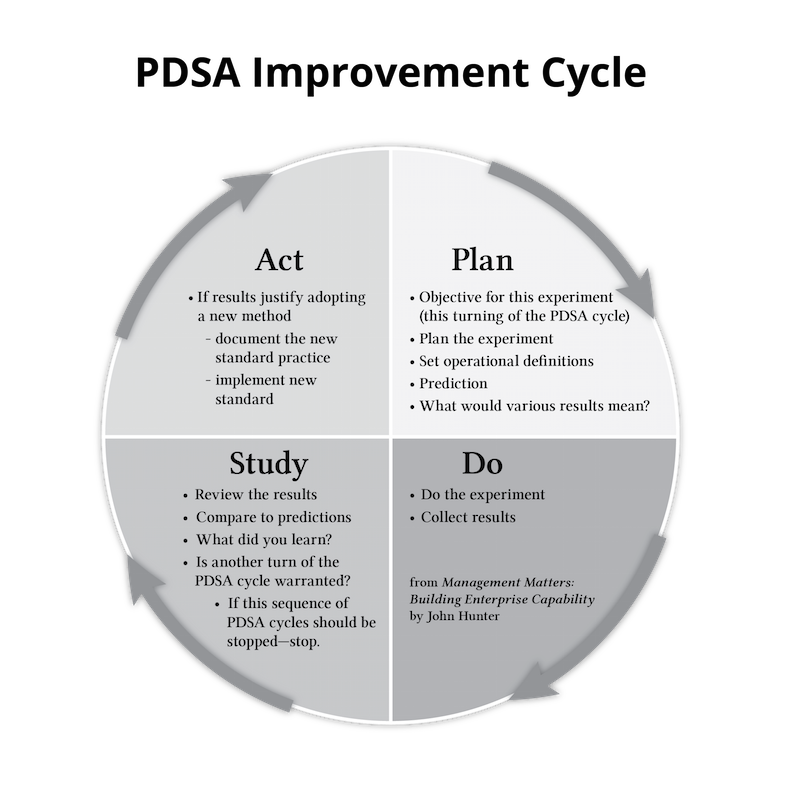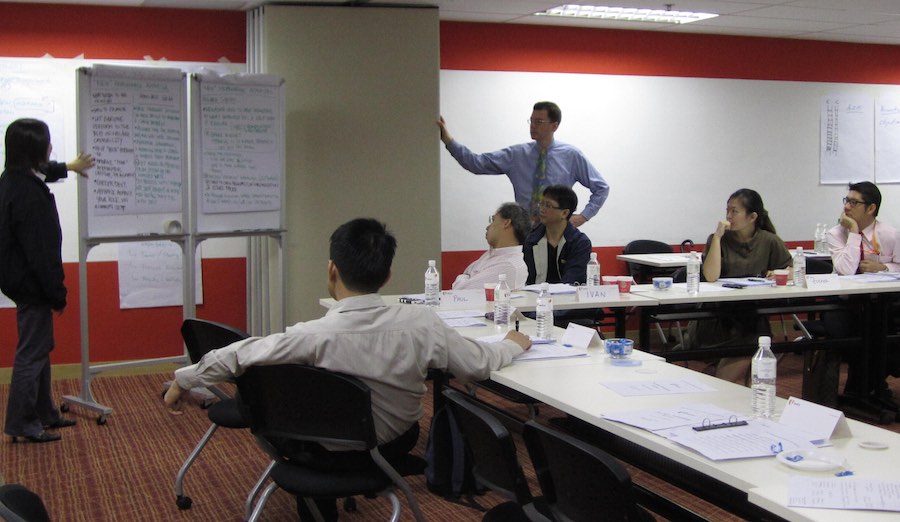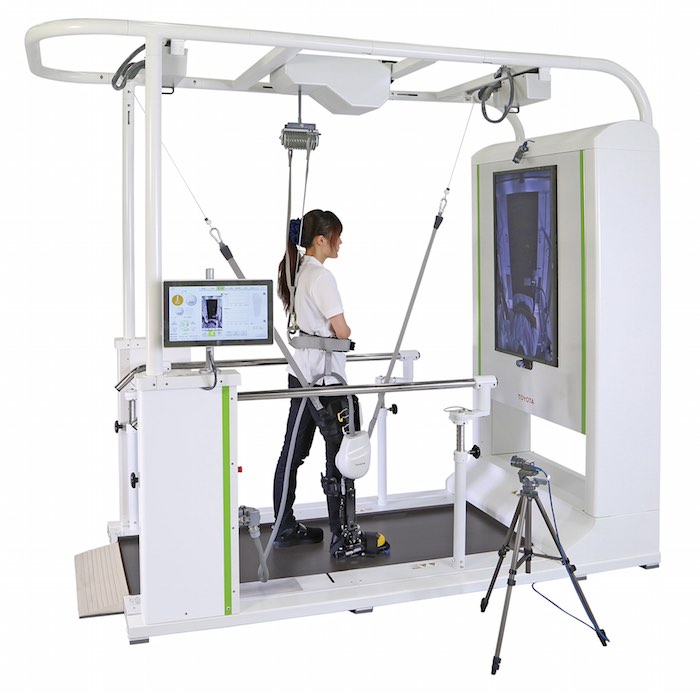There are many factors that are important to effectively practice the management improvement ideas that I have discussed in this blog for over a decade. One of the most important is a culture that encourages critical thinking as well as challenging claims, decisions and assumptions.
I discussed this idea some in: Customers Are Often Irrational. There is a difference between saying people wish to have their desires met and people act in the manner to maximize the benefits they wish to receive.
It is important to study choices customers make and learn from them. But being deceived by what their choices mean is easier than is usually appreciated. Often the decision made is contrary to the ideal choice based on their beliefs. It is often poor decision making not an indication that really they want a different result than they express (as revealed versus stated preference can show). People that ignore the evidence behind climate change and condemn coastal areas to severe consequences don’t necessarily prefer the consequences that their decision leads to. It may well be that decision to ignore the evidence is not based on a desire to suffer long term consequences in order to get short term benefits. It may well be just an inability to evaluate evidence in an effective way (fear of challenging ourselves to learn about matters we find difficult often provides a strong incentive to avoid doing so).
Knowing the difference between choosing short term benefits over long term consequences and a failure to comprehend the long term consequences is important. Just as in this example, many business decisions have at the root a desire to pretend we can ignore the consequences of our decisions and a desire to accept falsehoods that let us avoid trying to cope with the difficult problems.

Photo of me and my artwork in my father’s office by Bill Hunter
It is important to clearly articulate the details of the decision making process. We need to note the actual criticism (faulty logic, incorrect beliefs/assumptions…) that results in what some feel is a poor conclusion. But we seem to shy away from questioning faulty claims (beliefs that are factually incorrect – that vaccines don’t save people from harm, for example) or lack of evidence (no data) or poor reasoning (drawing unsupported conclusions from a well defined set of facts).
Critical thinking is important to applying management improvement methods effectively. It is important to know when decisions are based on evidence and when decisions are not based on evidence. It can be fine to base some decisions on principles that are not subject to rational criticism. But it is important to understand the thought process that is taken to make each decision. If we are not clear on the basis (evidence or opinion regardless of evidence) we cannot be as effective in targeting our efforts to evaluate the results and continually improve the processes in our organizations.
Describing the decision as “irrational” is so imprecise that it isn’t easy to evaluate how much merit the criticism has. If specific facts are called into question or logical fallacies within the decision making process are explained it is much more effective at providing specific items to explore to evaluate whether the criticism has merit.
When specific criticisms are made clear then those supporting such a decision can respond to the specific issues raised. And in cases where the merits of one course of action cannot be agreed to then such critical thought can often be used to create measures to be used to evaluate the effectiveness of the decision based on the results. Far too often the results are not examined to determine if they actually achieved what was intended. And even less often is care taken to examine the unintended consequences of the actions that were taken.
Continue reading →



